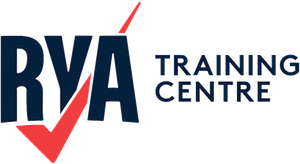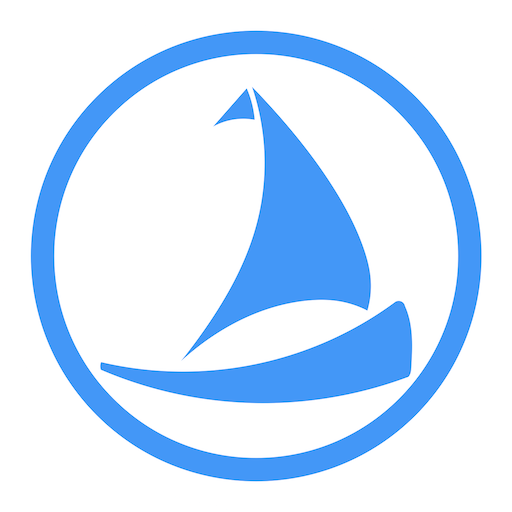Rule 25: Sailing vessels underway and vessels under oars
- A sailing vessel underway shall exhibit:
- sidelights;
- a sternlight.
- In a sailing vessel of less than 20 metres in length the lights prescribed in paragraph (a) of this Rule may be combined in one lantern carried at or near the top of the mast where it can best be seen.
- A sailing vessel underway may, in addition to the lights prescribed in paragraph (a) of this Rule, exhibit at or near the top of the mast, where they can best be seen, two all-round lights in a vertical line, the upper being red and the lower green, but these lights shall not be exhibited in conjunction with the combined lantern permitted by paragraph (b) of this Rule.
- A sailing vessel of less than 7 metres in length shall, if practicable, exhibit the lights prescribed in paragraph (a) or (b) of this Rule, but if she does not, she shall have ready at hand an electric torch or lighted lantern showing a white light which shall be exhibited in sufficient time to prevent collision.
- A vessel under oars may exhibit the lights prescribed in this Rule for sailing vessels, but if she does not, she shall have ready at hand an electric torch or lighted lantern showing a white light which shall be exhibited in sufficient time to prevent collision.
- A vessel proceeding under sail when also being propelled by machinery shall exhibit forward where it can best be seen a conical shape, apex downwards.
What this means:
Rule 25: Sailing vessels underway and vessels under oars – Our plain English guide to help you understand & remember this rule.
Day Shape
A sailing yacht with an engine can either be a power-driven vessel (using engines to propel itself) or a sailing vessel. In many situations, it is obvious which definition it falls into. To the onlooker, the yacht is either moving without sails, which means it must be a power-driven vessel, or moving with sails, which means it must be a sailing vessel.
However, the rules define motor sailing (having hoisted sails whilst using engines for propulsion) as a power-driven vessel. An onlooker cannot easily understand this situation; therefore, a Day Shape is required to remove ambiguity.
If an engine is used for propulsion whilst sails are hoisted, a motoring cone (an upside-down triangle) must be displayed in front of the mast, where it can be easily seen.
Switch between the different scenarios that exist for a typical sailing yacht.
Lights to be displayed when underway
A Sailing vessel is considered underway when it is not anchored, made fast to the shore, or aground. Therefore, it must display lights to enable an onlooker to determine what aspect they can see. These are its side and stern lights, with some tweaks and minor exemptions depending on the vessel’s size.
Practical examples of lights displayed
Optional Additional Light
Additional all-round green and red lights, the red being above the green, may be displayed by sailing vessels.
When operating under engine
If a sailing vessel uses its engines to propel itself between sunset and sunrise, it is considered a Power-driven vessel. It must comply with Rule 23: Power-driven vessels underway and show the appropriate lights accordingly.


